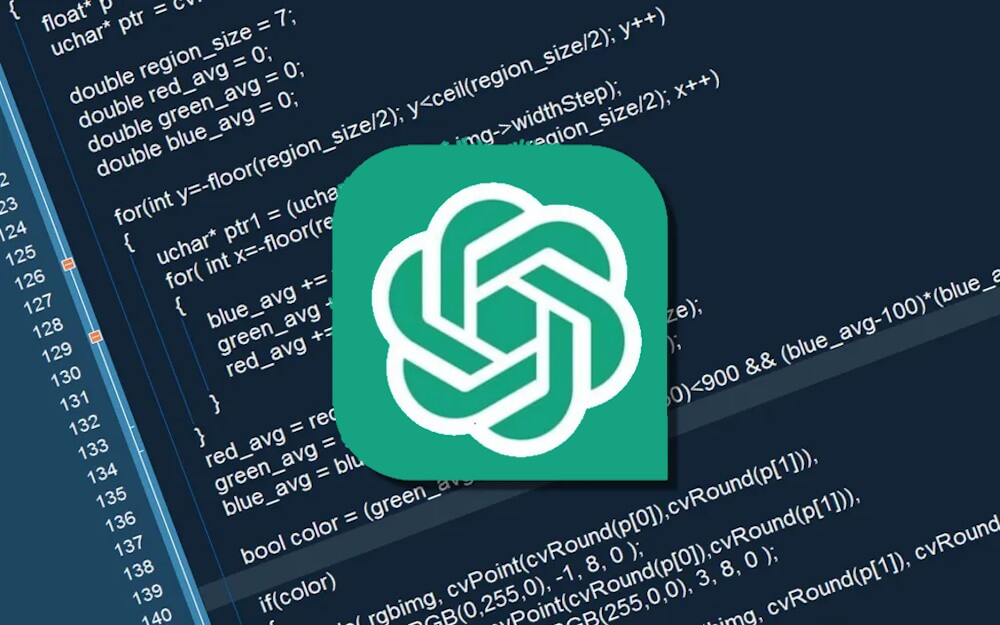In recent years, programming has witnessed an array of advancements, and many developers have embraced new tools to streamline their workflow. One such tool is ChatGPT, an AI model developed by OpenAI, which has garnered attention for its ability to assist in various tasks, including coding. While ChatGPT offers notable benefits, it also comes with certain limitations. This article will explore how ChatGPT can aid you in programming, as well as the areas where it may not fully meet your needs.
Overview of ChatGPT
ChatGPT is an advanced AI language model designed to assist with a variety of tasks, ranging from content generation to programming. When it comes to coding, it can write snippets, debug code, and explain key programming concepts. However, it’s important to understand both its strengths and weaknesses to maximize its usefulness in your coding workflow.
In this article, we will examine the ways in which ChatGPT can be beneficial for programmers and where it falls short. Whether you’re looking to speed up your workflow, gain new insights, or overcome a tricky coding issue, we’ll help you understand what to expect from this tool.
What ChatGPT Can Help With
ChatGPT offers several benefits for programmers. From generating code to offering clear explanations, it’s a useful tool for both beginners and experienced coders.
1. Code Writing and Generation
One of the primary uses of ChatGPT for programmers is its ability to generate code snippets. Whether you need to create a function, a class, or a simple script in languages like Python, JavaScript, or C++, ChatGPT can provide a quick solution.
For example, if you’re looking for a function to perform data sorting in Python or a query to retrieve records from a SQL database, ChatGPT can quickly generate a working example. This feature can save time when working on small tasks or prototyping ideas.
However, while the generated code is usually functional, you should always review and test it for accuracy, particularly with more complex problems.
2. Explaining Programming Concepts
For those new to programming or looking to brush up on certain topics, ChatGPT serves as a handy learning tool. You can ask it to explain programming concepts in simple terms. Whether you’re trying to understand basic concepts like loops and functions or more complex ideas like object-oriented programming or recursion, ChatGPT provides easy-to-follow explanations.
Questions like:
- “What is inheritance in Java?”
- “How does asynchronous programming work in JavaScript?”
- “Explain the concept of hashmaps in Python.”
These types of queries can be answered quickly and concisely, helping you deepen your understanding without having to sift through multiple sources.
3. Debugging Assistance
Debugging code can be time-consuming, and that’s where ChatGPT can lend a helping hand. If you encounter an error or unexpected output, you can paste the code and the error message into ChatGPT for a possible solution. The model can analyze your code and point out common mistakes or offer suggestions on what might be causing the issue.
While it doesn’t replace a dedicated debugging tool or the critical eye of an experienced developer, it can still provide useful insights that can save time.
4. Code Optimization and Refactoring
ChatGPT can assist with refactoring your code to improve its readability, efficiency, or structure. For example, if you’ve written a loop to process data, ChatGPT might suggest using a more optimized method, like list comprehensions in Python or functional programming techniques in JavaScript.
Additionally, it can offer tips for making your code cleaner and more maintainable, helping you adopt best practices without spending extra time searching for solutions.
5. Drafting Comments and Documentation
Writing clear comments and documentation is an essential part of coding, but not always the most enjoyable task. ChatGPT can help by generating comments or even drafting basic documentation for your code. While these suggestions may need tweaking to fit your specific use case, it’s a great way to reduce the effort required for this often-overlooked task.
What ChatGPT Cannot Do
While ChatGPT is highly useful in many aspects of programming, there are certain tasks it isn’t well-suited for. Here’s a look at its limitations:
1. Solving Advanced Coding Problems
ChatGPT is not equipped to solve complex programming challenges or handle advanced algorithms. For example, tasks requiring deep algorithm optimization or data structure manipulation are often too complex for the model. While it can provide a starting point or suggestion, it’s not capable of solving high-level issues that require in-depth problem-solving skills or domain-specific knowledge.
2. Building Complete Applications
While ChatGPT is excellent at providing code snippets or addressing small problems, it is not designed to build entire applications or manage large-scale projects. Developing a full-stack web application or mobile app involves many steps, including integrating multiple frameworks and databases, setting up server environments, and considering deployment strategies—tasks that require human oversight and specialized skills.
3. Running and Testing Code
One of ChatGPT’s biggest limitations is its inability to execute or test code in real-time. You’ll need an IDE (Integrated Development Environment) like Visual Studio Code or PyCharm for that. ChatGPT can generate and help you write code, but the responsibility of testing, running, and debugging the code lies entirely with the user.
4. Handling Niche Programming Areas
Certain specialized fields, such as machine learning, blockchain, and quantum computing, require a deep understanding of complex algorithms and frameworks. ChatGPT’s knowledge in these areas is often too broad and simplistic, which means it might miss out on the nuanced details required for specific solutions.
5. Ensuring Security and Best Practices
Though ChatGPT can generate functional code, it doesn’t always ensure that the code follows security best practices or is fully optimized. For instance, when dealing with web applications, it may not always include safeguards like input validation or protection against common vulnerabilities like SQL injection. As a programmer, it’s important to review and apply security measures yourself.
Tips for Getting the Most Out of ChatGPT
To make the most of ChatGPT when working with code, follow these tips:
- Double-check the output – Always test the code it generates to ensure it works correctly.
- Use it as a learning tool – Use ChatGPT to clarify difficult concepts or as a guide, but don’t rely solely on it.
- Combine with other tools – Use ChatGPT in conjunction with other resources like GitHub, Stack Overflow, and official documentation for a complete coding toolkit.
- Stay updated – Keep up with current programming trends and best practices, as ChatGPT may not always be fully up to date.
ChatGPT is a helpful tool for programmers, offering assistance in code generation, debugging, and concept clarification. While it has some limitations—particularly with complex problems, full-scale applications, and real-time execution – its ability to speed up workflows and offer insights is undeniable.
To use ChatGPT effectively, combine it with traditional development tools and resources. Always review the code it generates for quality and security, and continue building your expertise through regular practice and learning.



